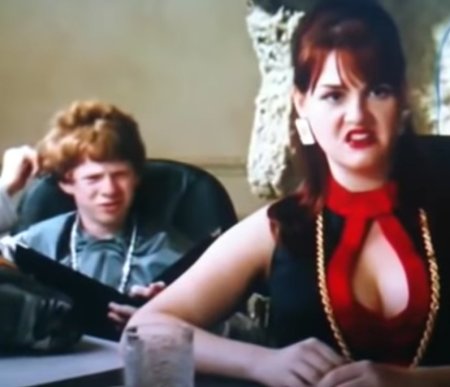Defunct Pentagon weather satellite breaks up
According to the Space Force as well as two commercial space tracking companies, a defunct military weather satellite launched in 1997 has broken up into more than fifty pieces.
The satellite, dubbed DMSP-5D2 F14, was in a sun-synchronous orbit over the poles. What makes the break-up significant is that it is not the first of this design of weather satellites to do so.
DMSP-5D2 F14 is part of a family of spacecraft that have suffered breakups in orbit. The F12 satellite broke up in October 2016, following the breakup of F13 in February 2015. In 2004, the F11 spacecraft broke up, creating 56 pieces of tracked debris. All the satellites had a battery assembly with a design flaw that made them vulnerable to explosion.
A similar spacecraft design was used for a line of civilian polar-orbiting weather satellites operated by the National Oceanic and Atmospheric Administration. The NOAA-16 satellite broke up in November 2015, followed by NOAA-17 in March 2021.
Overall the military launched nine satellites of this design, while NOAA launched three. Of these twelve satellites six have now broken apart. We should expect a large percentage of the remaining six to also break up.
This story explains why in the last ten years a number of companies have appeared attempting to develop the technology to remove space junk. There is a desperate need in the satellite industry for this capability, and those space junk companies are aiming to make profit from this need.
Note I do not expect or want the government to take the lead in this. This issue is mostly a need of the satellite industry, of which the world’s governments are merely just one more participant. This industry should band together to set up a fund to pay for this work, with those governments joining as just one more partner.
According to the Space Force as well as two commercial space tracking companies, a defunct military weather satellite launched in 1997 has broken up into more than fifty pieces.
The satellite, dubbed DMSP-5D2 F14, was in a sun-synchronous orbit over the poles. What makes the break-up significant is that it is not the first of this design of weather satellites to do so.
DMSP-5D2 F14 is part of a family of spacecraft that have suffered breakups in orbit. The F12 satellite broke up in October 2016, following the breakup of F13 in February 2015. In 2004, the F11 spacecraft broke up, creating 56 pieces of tracked debris. All the satellites had a battery assembly with a design flaw that made them vulnerable to explosion.
A similar spacecraft design was used for a line of civilian polar-orbiting weather satellites operated by the National Oceanic and Atmospheric Administration. The NOAA-16 satellite broke up in November 2015, followed by NOAA-17 in March 2021.
Overall the military launched nine satellites of this design, while NOAA launched three. Of these twelve satellites six have now broken apart. We should expect a large percentage of the remaining six to also break up.
This story explains why in the last ten years a number of companies have appeared attempting to develop the technology to remove space junk. There is a desperate need in the satellite industry for this capability, and those space junk companies are aiming to make profit from this need.
Note I do not expect or want the government to take the lead in this. This issue is mostly a need of the satellite industry, of which the world’s governments are merely just one more participant. This industry should band together to set up a fund to pay for this work, with those governments joining as just one more partner.









